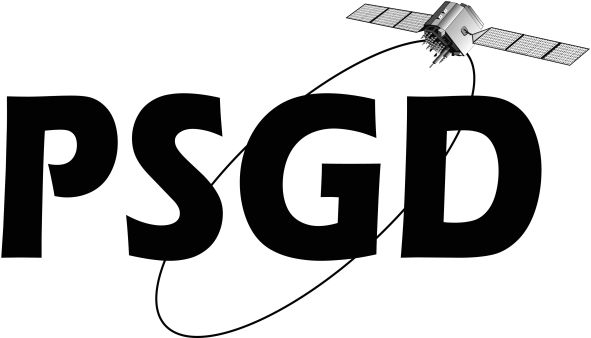However, the on-going modernization of the existing systems GPS (USA) and GLONASS (Russia) and the upcoming completion of the new systems Galileo (Europe) and Beidou/Compass (China) lead to a huge increase in the number of GNSS satellites in view and the number of signals/frequencies available to the users.
This development will in future offer a number of benefits both to fundamental science and (commercial) positioning, navigation and timing users, whereas it also introduces a number of challenges which have not yet been solved. These challenges for example include the fundamental question of how to jointly process the observations from multiple frequencies and satellites of different GNSS constellations to achieve the best solution for a certain application.
The standard GNSS signal processing approaches currently used worldwide do not offer the possibility to simultaneously process multi-frequency signals from multiple GNSS to benefit for example from the increased signal quality of some of the new signals.
Using linear combinations and differences of signals is still common practice. This leads to a loss of information and as a result it is unflexible in regards to additional new signals. At PSGD the raw GNSS observations are used. Current subject of research is the generation of integer ambiguity enabling satellite clock products for multi-signal and multi-gnss applications.




